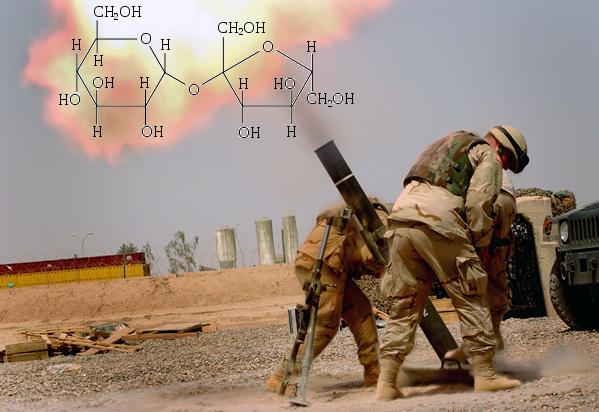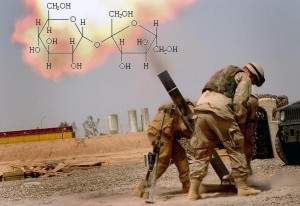Preventing, Minimizing and Repairing Damage from Exposure
I hope you didn’t pack away the sunblock with your swimsuit and other summer accessories because believe it or not, the winter’s sun is just as dangerous as summer’s, says Adam J. Scheiner, M.D, an eyelid and facial cosmetic surgeon who’s been featured on The Dr. Oz Show, The Howard Stern Show and The Doctors. In fact, in certain wintry conditions the sun is actually more dangerous. Read on….
“The snow reflects the glare of the sun – and the damaging UV rays,” he says. “People who like skiing and snowboarding in the mountains are getting 4 to 5 percent more UV damage for every 1,000 feet they ascend above sea level.”

And then there are all those holiday cruises and escapes to warm-weather climates where beaches are packed year-round. “It’s not OK to lie baking in the sun for hours, even if it’s just one week out of the winter, while you’re enjoying your tropical getaway.” Dr. Scheiner says.
No matter how comfortable or cool the temperature feels, don’t be fooled.

“Just a few years ago, in 2020, the United States surgeon general predicted 9,000 people would die from melanoma. Those deaths were all preventable,” Dr. Scheiner says.
“And if skin cancer doesn’t scare you, think with your vanity. Sun exposure is the number one cause of wrinkles, discoloration, age spots and festoons, among other disfiguring problems.”
Dr. Scheiner shares tips for preventing, minimizing and repairing sun damage:
• Prevention: You’re not just exposed when you’re skiing, hiking, or taking a beach vacation.
“Anytime you go outside, you’re exposing yourself to damaging UVB and UVA rays, and the result is cumulative. A little bit here and a little there adds up,” Scheiner says.
Simply driving a car can result in serious sun damage. A study published in the Journal of the American Academy of Dermatology found more skin cancers on the left side of patients’ faces – the side exposed while driving – then the right. Scheiner says he’s seen truckers and others who spend years on the road with severe wrinkling on the left side of the face.
“Always wear sunscreen, which protects against UVA and UVB rays. I recommend a Broad Spectrum Sunscreen with an SPF (sun protection factor) of at least 30, preferably higher,” he says. “You can also protect yourself from UVA rays, which cause deeper damage, by applying UV-protective film to your car windows. Also, wear clothes with a UPF (ultraviolet protection factor) rating of at least 30.”
• Minimizing: Good nutrition and topical products can help minimize signs of damage, such as wrinkles and age spots, Dr. Scheiner says.
Eat foods rich in antioxidants — carrots and other yellow and orange fruits and vegetables; spinach and other green leafy vegetables; tomatoes; blueberries; peas and beans; fatty fish, and nuts. An American Society for Clinical Nutrition study found that women ages 40 to 75 who consumed more vitamin C, an antioxidant, had fewer wrinkles.
Use exfoliate creams to remove dead skin cells. Prescription creams including Avita, Avage, Renova and Retin-A have been shown to reduce wrinkles and age spots caused by sun exposure.
• Repairing: Lasers can resurface facial skin by stripping away the outermost layers. Some “non-ablative” lasers also stimulate collagen formation, which helps smooth wrinkles.
“I use RESET® Laser Skin Resurfacing, which reverses the damage and removes many pre-cancers and even active skin cancers,” Scheiner says. “RESET uses an advanced Dual Pulsed Erbium Laser, and my proprietary healing protocol. “
The RESET® treatment Dr. Scheiner has vaporizes the old skin and causes the collagen in the underlying layers to tighten.
The No. 1 best thing you can do for your skin starting today is to start making application of a broad spectrum, UVB/UVA sunscreen part of your daily routine. Apply it to all areas of the skin that can be directly exposed to the sun, the best scenario is preventing sun damage in the first place. For the Silo, Jarrod Barker.



